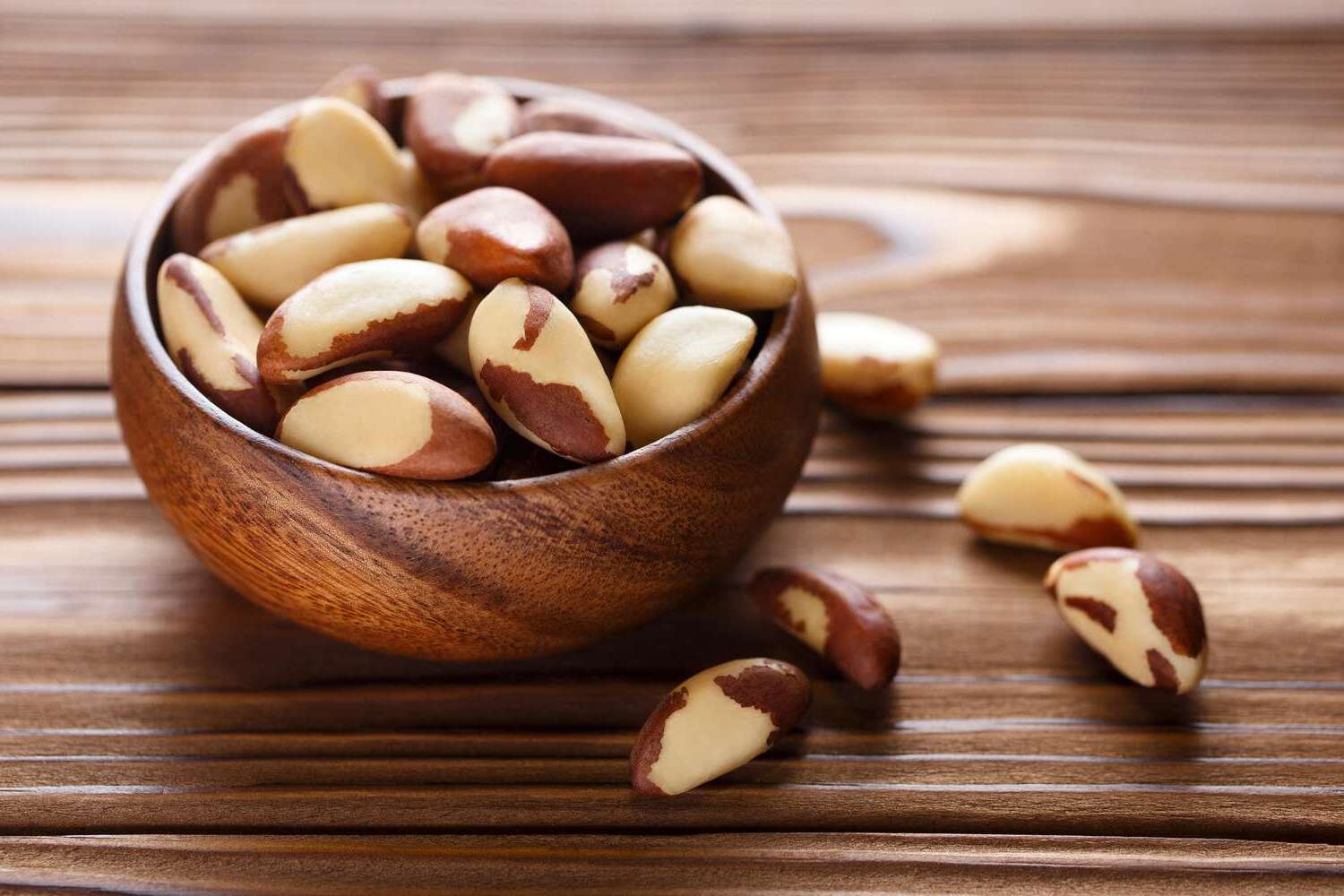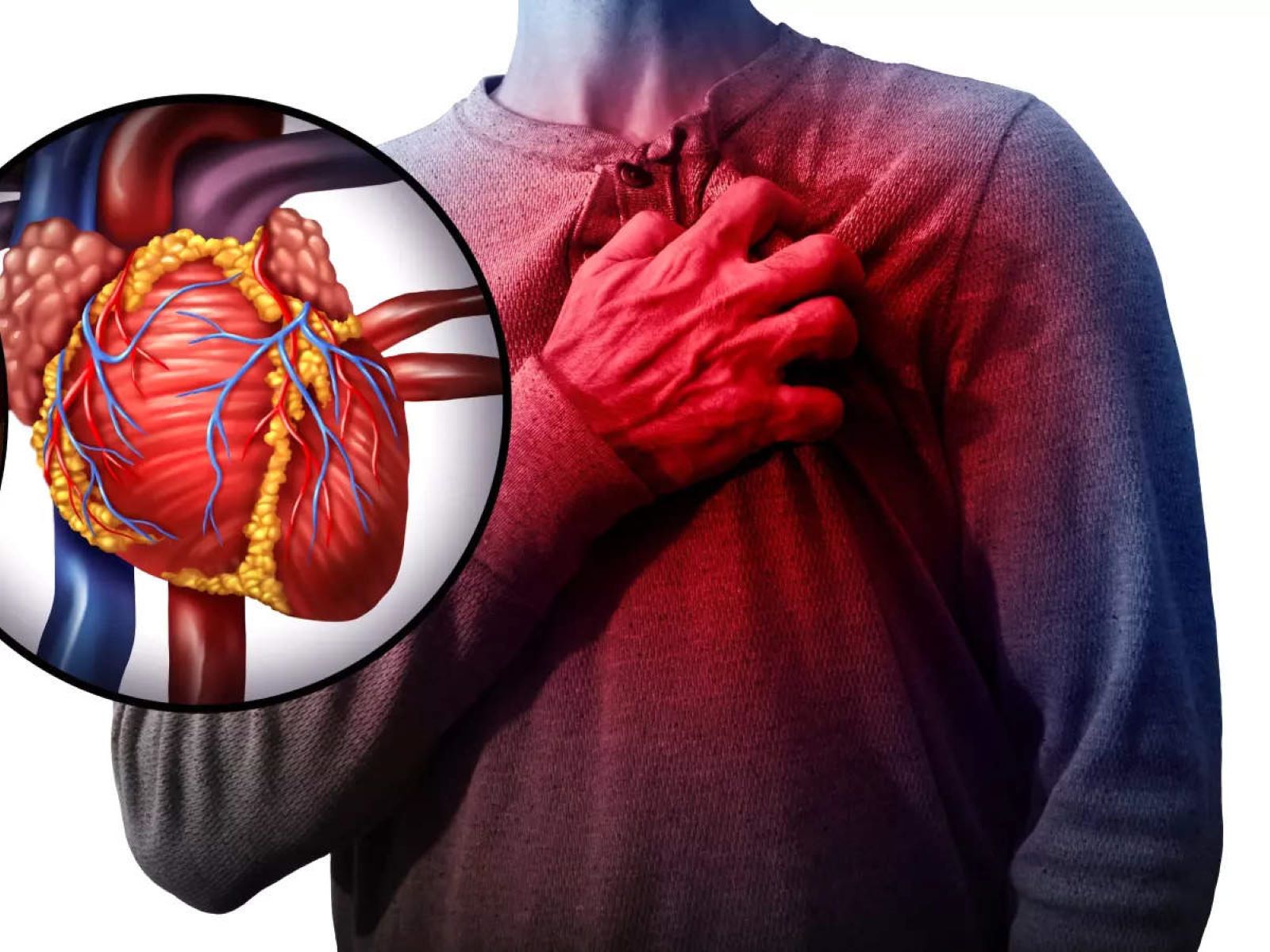
Watermelon stomach, also known as Gastric Antral Vascular Ectasia (GAVE), is a rare but intriguing condition. Named for the watermelon-like stripes that appear in the stomach lining, this ailment can cause chronic bleeding and anemia. What causes watermelon stomach? The exact cause remains unknown, but it’s often linked to other diseases like cirrhosis, autoimmune disorders, and chronic kidney disease. Symptoms include fatigue, weakness, and black or bloody stools. Diagnosing GAVE usually involves endoscopy, where doctors visually inspect the stomach lining. Treatment options range from medications to endoscopic procedures, aiming to control bleeding and improve quality of life.
Key Takeaways:
- Watermelon stomach, or Gastric Antral Vascular Ectasia (GAVE), is a rare condition causing stomach lining red streaks, chronic bleeding, and fatigue, often affecting older adults and more common in women.
- Managing watermelon stomach involves lifestyle changes, regular medical check-ups, dietary adjustments, and avoiding certain medications and alcohol. Support groups and ongoing research offer hope for improved treatment.
What is Watermelon Stomach?
Watermelon stomach, also known as Gastric Antral Vascular Ectasia (GAVE), is a rare condition that affects the stomach lining. It gets its name from the watermelon-like appearance of the stomach lining when viewed during an endoscopy.
- Watermelon stomach is characterized by red streaks on the stomach lining, resembling the stripes of a watermelon.
- This condition often leads to chronic gastrointestinal bleeding.
- GAVE is more common in older adults, particularly those over 70.
- Women are more frequently diagnosed with watermelon stomach than men.
- The exact cause of GAVE remains unknown, but it is often associated with other medical conditions.
Symptoms of Watermelon Stomach
Recognizing the symptoms of watermelon stomach can help in seeking timely medical intervention. Here are some common signs to watch for.
- Chronic fatigue is a common symptom due to ongoing blood loss.
- Patients may experience black or tarry stools, indicating gastrointestinal bleeding.
- Abdominal pain or discomfort is often reported.
- Nausea and vomiting can occur, sometimes with blood.
- Unexplained weight loss is another potential symptom.
Diagnosing Watermelon Stomach
Accurate diagnosis is crucial for effective treatment. Various methods are used to identify this condition.
- Endoscopy is the primary tool for diagnosing watermelon stomach.
- During an endoscopy, doctors look for the characteristic red streaks on the stomach lining.
- Biopsies may be taken during endoscopy to rule out other conditions.
- Blood tests can reveal anemia, a common consequence of GAVE.
- Imaging studies like CT scans may be used to assess the extent of the condition.
Treatment Options for Watermelon Stomach
Several treatment options are available to manage the symptoms and complications of watermelon stomach.
- Endoscopic treatments, such as argon plasma coagulation, can help control bleeding.
- Medications like proton pump inhibitors may be prescribed to reduce stomach acid.
- Iron supplements are often necessary to treat anemia.
- In severe cases, blood transfusions might be required.
- Surgery is rarely needed but can be an option if other treatments fail.
Associated Conditions
Watermelon stomach is often linked with other medical conditions, which can complicate its management.
- Liver cirrhosis is commonly associated with GAVE.
- Autoimmune diseases like systemic sclerosis can also be linked to watermelon stomach.
- Chronic kidney disease patients are at higher risk.
- GAVE can occur in patients with heart failure.
- Connective tissue disorders are another group of conditions associated with watermelon stomach.
Risk Factors
Certain factors can increase the likelihood of developing watermelon stomach.
- Age is a significant risk factor, with older adults being more susceptible.
- Chronic liver disease patients are at higher risk.
- Autoimmune disorders can predispose individuals to GAVE.
- Long-term use of nonsteroidal anti-inflammatory drugs (NSAIDs) may increase risk.
- A history of gastrointestinal bleeding can be a precursor to watermelon stomach.
Complications
If left untreated, watermelon stomach can lead to several complications.
- Severe anemia is a common complication due to chronic blood loss.
- Persistent gastrointestinal bleeding can occur.
- Patients may experience significant weight loss.
- Malnutrition is a potential risk.
- In rare cases, untreated GAVE can lead to life-threatening conditions.
Living with Watermelon Stomach
Managing watermelon stomach involves lifestyle changes and ongoing medical care.
- Regular medical check-ups are essential for monitoring the condition.
- Dietary changes, like eating iron-rich foods, can help manage anemia.
- Avoiding NSAIDs and alcohol can reduce the risk of bleeding.
- Patients may need to take medications regularly to control symptoms.
- Support groups can provide emotional and practical support.
Research and Future Directions
Ongoing research aims to better understand and treat watermelon stomach.
- Studies are exploring the genetic factors that may contribute to GAVE.
- New endoscopic techniques are being developed to improve treatment outcomes.
- Researchers are investigating the role of the immune system in watermelon stomach.
- Clinical trials are testing new medications for managing GAVE.
- Advances in imaging technology are helping doctors diagnose the condition more accurately.
Interesting Facts
Here are some lesser-known facts about watermelon stomach that might surprise you.
- The condition was first described in medical literature in the 1950s.
- GAVE is sometimes mistaken for other gastrointestinal disorders, delaying diagnosis.
- The name "watermelon stomach" was coined because of its unique appearance.
- Despite its rarity, awareness of GAVE is increasing among medical professionals.
- Early diagnosis and treatment can significantly improve the quality of life for patients with watermelon stomach.
Final Thoughts on Watermelon Stomach
Watermelon stomach, or Gastric Antral Vascular Ectasia (GAVE), is a rare but significant condition. It causes the stomach lining to resemble the stripes of a watermelon, leading to chronic bleeding and anemia. Understanding the symptoms, such as fatigue, paleness, and blood in stool, can help in early diagnosis. Treatments range from endoscopic therapies to medications and sometimes surgery. While the exact cause remains unclear, it's often linked to other conditions like cirrhosis or autoimmune diseases. Staying informed and seeking medical advice if symptoms appear is crucial. Remember, early intervention can make a big difference in managing this condition. Stay proactive about your health and consult healthcare professionals for any concerns.
Frequently Asked Questions
Was this page helpful?
Our commitment to delivering trustworthy and engaging content is at the heart of what we do. Each fact on our site is contributed by real users like you, bringing a wealth of diverse insights and information. To ensure the highest standards of accuracy and reliability, our dedicated editors meticulously review each submission. This process guarantees that the facts we share are not only fascinating but also credible. Trust in our commitment to quality and authenticity as you explore and learn with us.


